 What is the “first line of defense” when it comes to treating peripheral arterial disease, or PAD? The answer might surprise you.
What is the “first line of defense” when it comes to treating peripheral arterial disease, or PAD? The answer might surprise you.
At Comprehensive Interventional Care Centers, we’re widely regarded as the best peripheral arterial disease specialists in Phoenix. We specialize in some of the most advanced, state-of-the-art interventional radiology procedures in the medical field. But interestingly enough, we usually don’t START our treatment of PAD with these procedures.
Instead, we often start our treatment regimen by recommending an approach that focuses on reducing the symptoms of PAD and keeping them from becoming worse – peripheral arterial disease natural treatment. We work with our patients to help them overcome habit patterns that not only helped to cause their peripheral arterial disease in the first place, but are helping to perpetuate it and make it worse. In many cases, this natural treatment can enable patients to reduce or eliminate their PAD symptoms, without the need for further treatment.
What is peripheral arterial disease natural treatment?
First, don’t be put off by the term “natural.” The conservative treatments we recommend don’t require you to search for herbs with strange-sounding names or drink teas made out of things you can’t identify. They’re simple, common-sense, science-backed recommendations that can reduce the risk factors that cause PAD instead of increasing them.
Some of the risk factors that lead to peripheral artery disease are things you can’t do anything about. For example, your age, and whether you have a personal or family history of cardiovascular disease. But other factors that cause PAD or make it worse ARE in your control, and you can eliminate them by making better lifestyle choices.
Examples of natural lifestyle modifications that can help to treat your PAD
- Quit smoking. If you still smoke cigarettes, STOP. Today. Continuing to smoke will not only make your PAD worse, it will harm your body in many other ways as well.
- Watch your diet. If you’re overweight, that’s a major risk factor for PAD, so talk to your doctors about ways to lose weight. They can also help you to find diet plans that include lots of fruits, vegetables, and whole grains, while cutting back on salt, sugar, alcohol, and saturated fats.
- Watch your blood pressure, cholesterol, and blood sugar. High levels of all of three of these not only increase your risk of getting PAD, they contribute to making it worse. Follow your doctors’ instructions and take the medications they have prescribed to keep your blood pressure and cholesterol levels low. If you have diabetes, keep your blood sugar levels under control, because high blood sugar can make PAD
- Get more exercise. Yes, we know that the leg pain you experience as a result of your PAD makes it harder to But one of the best natural treatments for PAD is to exercise anyway. Start with walking – short distances at first, but increasing over time.
- Consider supervised exercise. Research has shown that one of the most effective natural ways to treat PAD is with a structured program of exercise. These supervised exercise programs are offered at many community centers or hospitals, and focus on helping you to gradually increase the time and distance you can comfortably walk on a treadmill or cycle on a stationary bike. The cost of these supervised exercise programs is usually covered by medical insurance.
- Take care of your feet and legs. Wash your feet and toes daily, and check them for any sores, bumps, or discolorations. Wear good shoes and visit your podiatrist regularly, to make sure that PAD is not causing foot problems that could become dangerous.
See? Most of these “natural treatment” suggestions are simple lifestyle changes that are under your control. But they’ll really help to keep your symptoms under control. If you’d like even more lifestyle suggestions that can help, or to have us develop a natural treatment regimen that is personalized for you, give our friendly and skilled team a call at 888-377-7122 or schedule an appointment online on our website. You’ll be glad you did!
